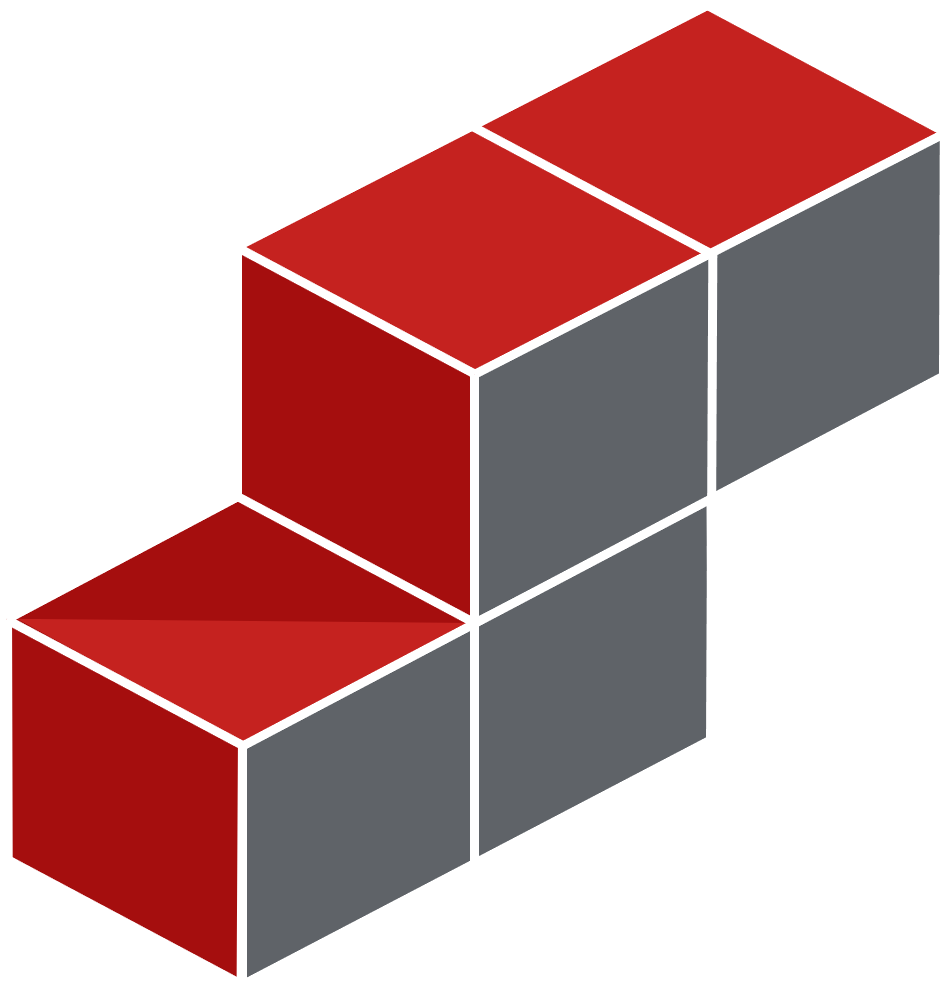Audiovisual Masked Autoencoders
Can we leverage the audiovisual information already present in video to improve self-supervised representation learning? To answer this question, we study various pretraining architectures and objectives within the masked autoencoding framework, motivated by the success of similar methods in natural language and image understanding. We show that we can achieve significant improvements on audiovisual downstream classification tasks, surpassing the state-of-the-art on VGGSound and AudioSet. Furthermore, we can leverage our audiovisual pretraining scheme for multiple unimodal downstream tasks using a single audiovisual pretrained model. We additionally demonstrate the transferability of our representations, achieving state-of-the-art audiovisual results on Epic Kitchens without pretraining specifically for this dataset.
PDF Abstract ICCV 2023 PDF ICCV 2023 AbstractCode
Datasets
Results from the Paper
 Ranked #1 on
Audio Classification
on EPIC-KITCHENS-100
(using extra training data)
Ranked #1 on
Audio Classification
on EPIC-KITCHENS-100
(using extra training data)







 ImageNet
ImageNet
 AudioSet
AudioSet
 VGG-Sound
VGG-Sound
 EPIC-KITCHENS-100
EPIC-KITCHENS-100